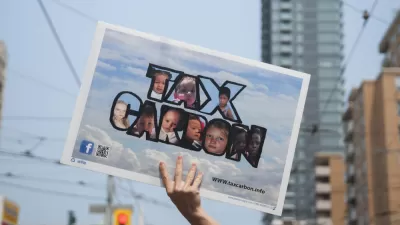China's Belt and Road Initiative, a massive program to develop infrastructure in dozens of countries worldwide, may be the largest construction project in history. Its benefits to host countries—and to China itself—remain far from certain.

"The Belt and Road Initiative, launched in 2013 by Chinese President Xi Jinping, includes hundreds of infrastructure projects financed and constructed in part or in whole by Chinese entities in lands far beyond China’s borders. Projects include ports, airports, rail lines, utilities, industrial centers, highways, and even entire new cities and urban sectors....together they aim for nothing less than the unification of almost all of Asia and Africa."
"Analysts estimate that trade generated by the BRI reached $117 billion last year. The total estimated cost, by 2027: up to $1.3 trillion. Whether that investment will pay off for China remains to be seen. Chinese banks and companies hope to profit from loan payments and contracts; the Chinese state hopes to benefit by opening markets and gaining influence. The World Bank estimates that the BRI could reduce transportation times on many corridors by 12 percent, increase trade between 2.7 percent and 9.7 percent, increase income by up to 3.4 percent, and lift 7.6 million people from extreme poverty."
"In many cases, benefits to host countries have not materialized. Many projects use little local expertise or labor; rather, they are boons for Chinese engineering firms, construction companies, and suppliers such as steel and concrete manufacturers. Once built, they take on a nearly colonial tenor, moving raw materials out of host countries and moving Chinese goods into them. And no matter how economists feel about BRI projects, the initiative has already alarmed environmentalists."
FULL STORY: China’s Belt and Road Initiative is tying the world together—but what's the end game?

Study: Maui’s Plan to Convert Vacation Rentals to Long-Term Housing Could Cause Nearly $1 Billion Economic Loss
The plan would reduce visitor accommodation by 25,% resulting in 1,900 jobs lost.

North Texas Transit Leaders Tout Benefits of TOD for Growing Region
At a summit focused on transit-oriented development, policymakers discussed how North Texas’ expanded light rail system can serve as a tool for economic growth.

Why Should We Subsidize Public Transportation?
Many public transit agencies face financial stress due to rising costs, declining fare revenue, and declining subsidies. Transit advocates must provide a strong business case for increasing public transit funding.

How to Make US Trains Faster
Changes to boarding platforms and a switch to electric trains could improve U.S. passenger rail service without the added cost of high-speed rail.

Columbia’s Revitalized ‘Loop’ Is a Hub for Local Entrepreneurs
A focus on small businesses is helping a commercial corridor in Columbia, Missouri thrive.

Invasive Insect Threatens Minnesota’s Ash Forests
The Emerald Ash Borer is a rapidly spreading invasive pest threatening Minnesota’s ash trees, and homeowners are encouraged to plant diverse replacement species, avoid moving ash firewood, and monitor for signs of infestation.
Urban Design for Planners 1: Software Tools
This six-course series explores essential urban design concepts using open source software and equips planners with the tools they need to participate fully in the urban design process.
Planning for Universal Design
Learn the tools for implementing Universal Design in planning regulations.
City of Santa Clarita
Ascent Environmental
Institute for Housing and Urban Development Studies (IHS)
City of Grandview
Harvard GSD Executive Education
Toledo-Lucas County Plan Commissions
Salt Lake City
NYU Wagner Graduate School of Public Service



























